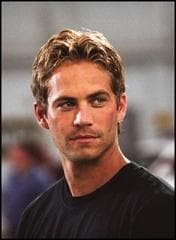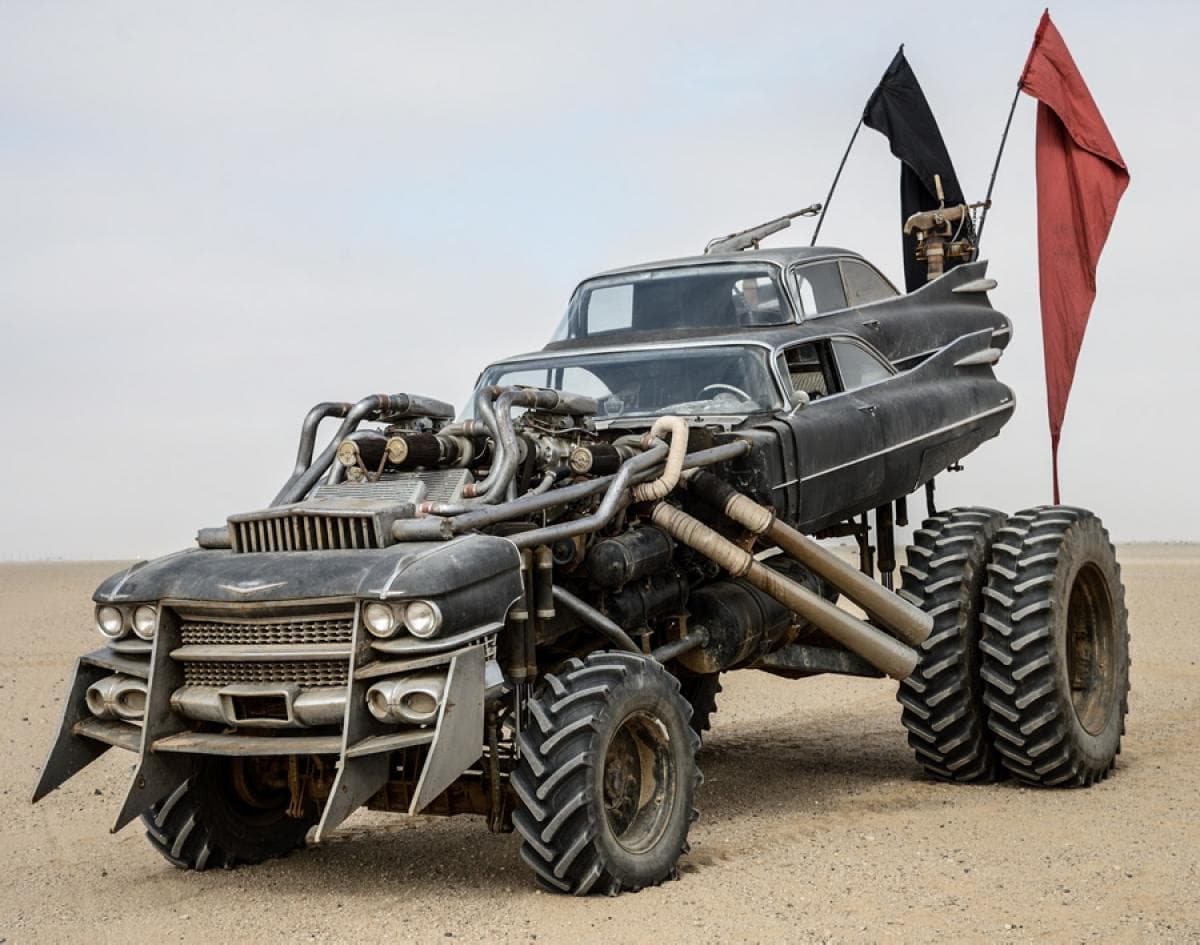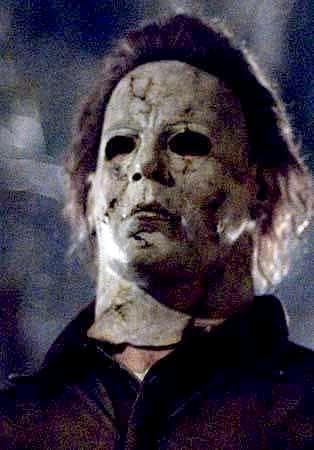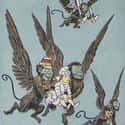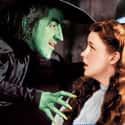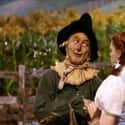-
(#8) It Turns Out A Lot Of The Wizard Of Oz Is About . . . Fiscal Policy
The Wizard of Oz is an exciting story of a young girl's journey to find her way back home – and her realization that she had the power within her all along. But according to scholars who see political symbolism in the story, it's also all about monetary policy. That's right. In the 1890s, the big debate in American politics was about the gold standard. Under the gold standard, America's paper currency was backed by gold, and anyone could take a dollar to the bank and receive a dollar's worth of gold.
But the gold standard was causing huge monetary problems for America's farmers. Prices were falling. Farmers were defaulting on their loans. Bankers were seizing farms and selling them off, meaning farmers lost their jobs and their homes. And many farmers blamed the gold standard. Before 1873, a dollar could be exchanged for gold or silver - and farmers wanted a return to "free-silver," because the abundance of silver would cause inflation, making it easier for farmers to pay back their loans.
All of this might seem removed from The Wizard of Oz until you consider two things: the importance of the Yellow Brick Road (representing gold) and Dorothy's slippers––which weren't ruby in the book. They were silver.
-
(#9) The Flying Monkeys Are Super Racist
The flying monkeys do the evil bidding of the Wicked Witch of the West. And according to Littlefield, they represent the plains Indians, who were still fighting for their survival for their survival against the United States government in the late 1800s. Baum's description of the flying monkeys makes the connection clear. "Once," their leader explains, "we were a free people, living happily in the great forest, flying from tree to tree, eating nuts and fruits, and doing just as we pleased without calling anybody master." But all the changed then Oz arrived "to rule over this land."
L. Frank Baum had strong opinions about America's Indians. And they were super racist.
"The Whites, by law of conquest, by justice of civilization, are masters of the American continent, and the best safety of the frontier settlements will be secured by the total annihilation of the few remaining Indians. Why not annihilation?"
After advocating for genocide, Baum added,
"Having wronged them for centuries we had better, in order to protect our civilization, follow it up by one more wrong and wipe these untamed and untamable creatures from the face of the earth."
With those views, it's no surprise that Baum made the flying monkeys evil.
-
(#10) The Emerald City Is Actually Washington, D.C.
The goal of Dorothy's journey through Oz, at least initially, is to reach the Emerald City. The magical place will solve all of her problems, and the mysterious Wizard of Oz will help her return to Kansas. But Dorothy's initial optimism about the beautiful city quickly evaporates.
According to Littlefield, "the Emerald City represents the national Capitol," making it Washington, D.C. And although Dorothy, the average American, believes that the entrancing capital city can solve all of her problems, she soon realizes that the city, like the Wizard, is more mirage than real.
-
(#7) The Wicked Witches Represent Powerful Interests In American Politics
The two wicked witches in The Wizard of Oz represent powerful forces in American politics that threaten the country. The Wicked Witch of the East, who Dorothy smashes with her house, is a thinly-veiled reference to Wall Street and all the moneyed interests in the 1890s. She represents financial-industrial interests, and she is the one who stole the Tin Man's heart and enslaved the Munchkins.
The Wicked Witch of the West similarly symbolizes the rich in America's west: bankers, railroad owners, and wealthy oilmen like J.D. Rockefeller. Just as the Wicked Witch of the East enslaves the Munchkins, the witch in the west enslaves the Winkies, who represent Asian laborers in America's West. She is finally dissolved with water – another allusion to the monetary debate over liquidity.
-
(#3) The Scarecrow Represents Midwestern Farmers
The poor Scarecrow in the Wizard of Oz is convinced that he doesn't have a brain. But his "terrible sense of inferiority and self doubt," according to Littlefield, is actually because of years of ridicule. In one 1896 article, for example, Kansas farmers were accused of "ignorance, irrationality and general muddle-headedness."
The Populist party, new to the scene at the end of the 1800s, was primarily made up of farmers who were mocked by everyone else. They were called deluded simpletons and radicals. But the Scarecrow proves that he isn't stupid – he shows common sense and resilience on the journey. The story implies that farmers are not as stupid as their political opponents suggest.
-
(#4) The Tin Man Is The Mistreated Factory Worker
In the 1890s, the US was in the middle of an industrial revolution. And that shift created a lot of workers who weren't being treated well by their bosses. Enter Baum's Tin Woodman. He represents a dehumanized worker, who was literally turned into tin by the Wicked Witch of the East – the Tin Man was once a strong, healthy worker, but after the witch cursed him, he accidentally chopped off his own limbs. Each was replaced with tin, transforming the worker into the Tin Man.
The Tin Man represents factory workers who have lost their heart in the new economy. And the symbolism goes even deeper. The Tin Man is rusted when Dorothy first meets him, paralleling the high unemployment during the depression of the 1890s. But he is ready to work, as Dorothy demonstrates by giving him just a few drops of oil.
New Random Displays Display All By Ranking
About This Tool
The Wizard of Oz is a fairy tale film produced by MGM. The film was adapted from Lyman Frank Baum's book The Wonderful Wizard of Oz and the musical of the same name. It was released in the United States in 1939. It is considered a classic children's film, full of imagination and vitality, there are all kinds of magical and interesting fairy tale characters and cheerful singing and dancing scenes. It is hard to imagine that this movie will have any political significance.
This page displays 13 entries, we collected some secret political symbolism that people never knew was hidden within The Wizard Of Oz. Obviously, everyone can have their own opinions on this movie.
Our data comes from Ranker, If you want to participate in the ranking of items displayed on this page, please click here.

